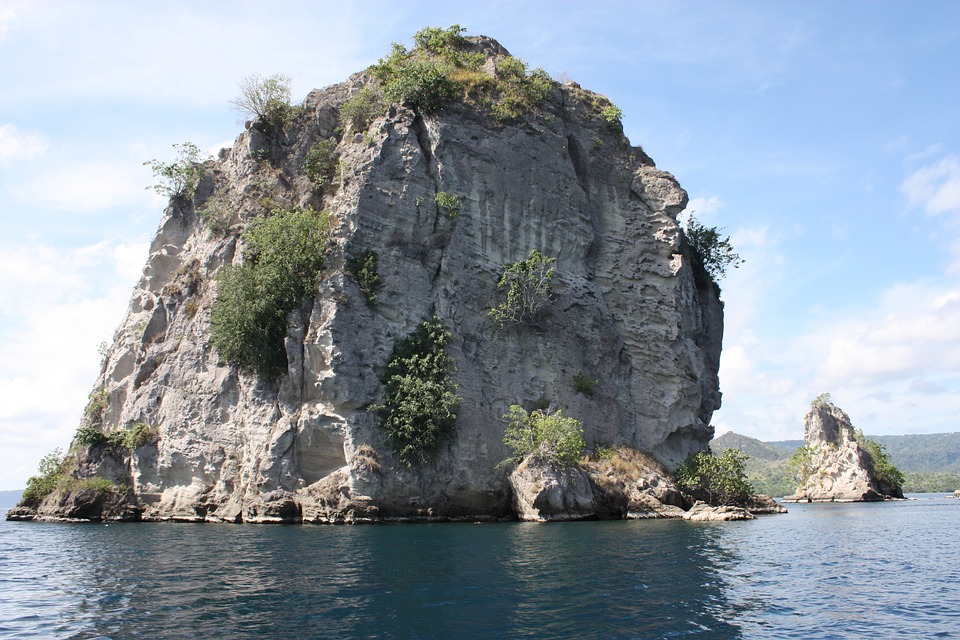New Guinea tops the island charts with most diverse plant life
Embargoed until:
Publicly released:
2020-08-06 01:00
New Guinea is the world’s largest tropical island, and can now boast the most diverse island plant life too, according to new research. An international team of researchers, including experts from New Zealand and Australia, has produced the first verified checklist of the vascular plants on mainland New Guinea and surrounding islands, documenting over 13,600 species. They argue that expert knowledge is essential for building checklists in the digital era, as online databases overestimate the species counts by 22 per cent.
Journal/conference: Nature
Research: Paper
Organisation/s: The University of Sydney, Royal Botanic Gardens Victoria, The University of Melbourne, CSIRO, Museum of New Zealand Te Papa Tongarewa, The University of Western Australia
Funder: R.C.-L. and P.C.v.W. received funding
from the Royal Society International Exchanges (grant IE 170241, ‘Building the New Guinea
Research Team’); A.S.B. acknowledges financial support from the Carlsberg Foundation and
the Danish Research Council; L.-F.F. acknowledges the National Natural Science Foundation of
China (grant 31570307); G.H. acknowledges the Conselho Nacional de Desenvolvimento
Científico e Tecnológico (CNPq) for a post-doctoral fellowship (process 153430/2018-4);
S.K. was supported by the US National Science Foundation (grant DEB-1457366); Y.W.L is
funded by the National Parks Board, Singapore under a postgraduate research scholarship;
M.L. received funding from the Deutsche Forschungsgemeinschaft (LE 1826/3-1) and
Synthesys (GB-TAF-6305); P.H.A.M. acknowledges the São Paulo Research Foundation – FAPESP
(grant 2015/13112-7 and 2018/09379-6); D.S.P. received funding from the US National Science
Foundation (grant DEB-1754667); the contributions of G.D.W. to the project were supported by
the US National Science Foundation (grants DEB-0515678, DEB-0816749 and DEB-0841885);
and M.H. and H.P.W. received funding from the Edinburgh Botanic Garden (Sibbald) Trust and
the M. L. MacIntyre Begonia Trust. The Royal Botanic Garden Edinburgh is supported by the
Scottish Government’s Rural and Environmental Science and Analytical Services Division.


